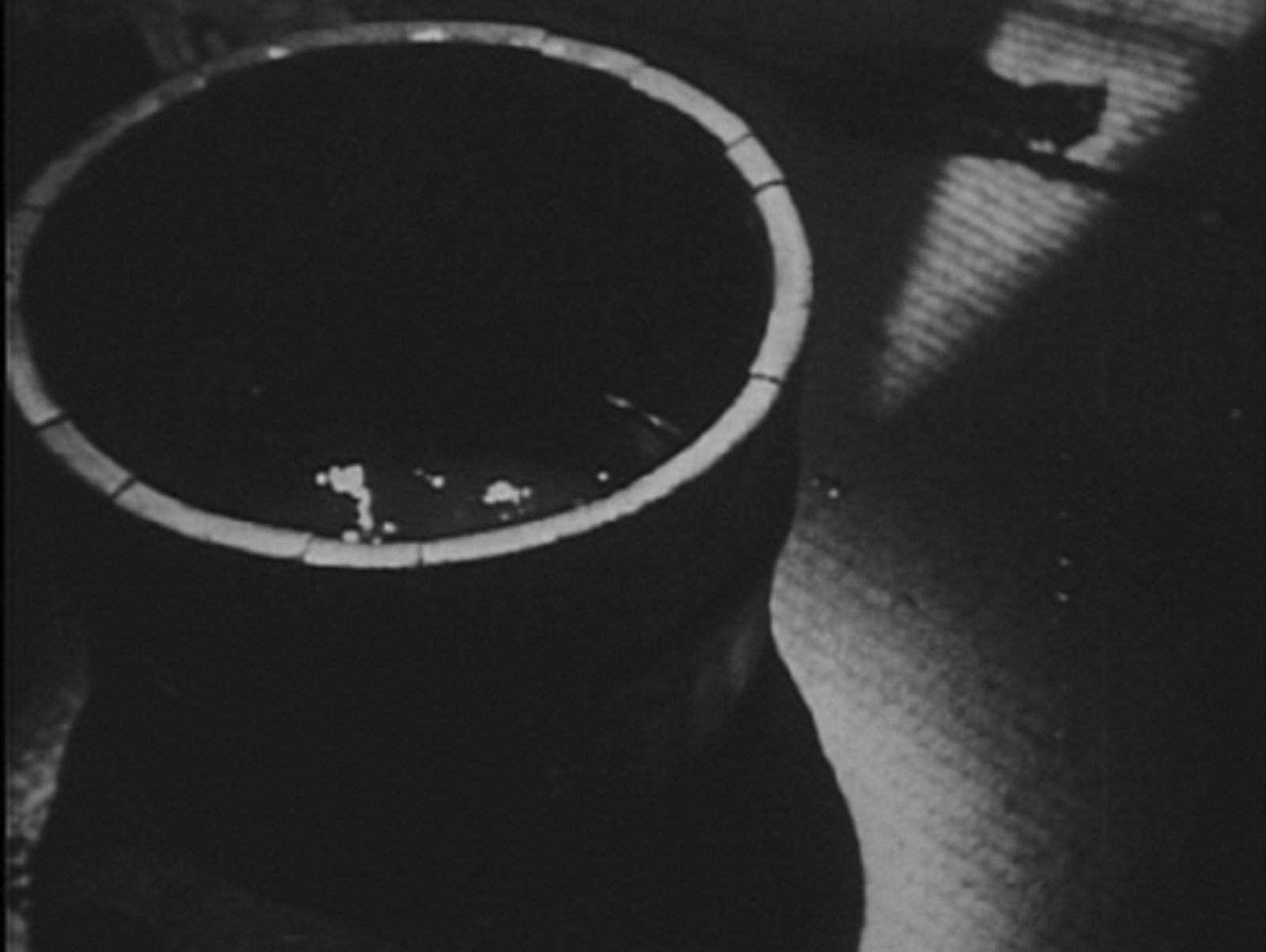Southern half of Sakhalin had been a part of Japanese territory since early 20th century, and many Japanese relocated from the main islands to seek profitable opportunities. At the same time, these settlers craved for entertainment from the country they had left behind. Movies were particularly in high demand, and there was at least one theater in each settlement. Shikuka (or Shisuka, Polonysk today) was one of those towns along the Soviet border, with a population of 30,000 (in 1941). Koji Takii, a reporter from Kinema Junpo, visited the town in 1939 to document the movie business in the town. There were two movie theaters in Shikuka, but their programs were chaotic. They screened whatever available to them at the time regardless of their production companies or origins. During winter, movie print supplies from Japan main islands were so scarce that they had to screen the same old movie for weeks. Since the place was located at the very end of film distribution chain, the prints were battered from repeated screenings and broke easily. Takii brought a fresh print of a propaganda film, Koukoku Nippon (The Emperor’s Country, Nippon), and proposed its screening to townspeople. They were only eager to have such a ‘glorious’ movie screened. The local movie theaters were running mainly commercial features such as melodramas and period films, and it is not surprising that people in Shikuka found such a propaganda film so illuminating and educational. The event was named “Anti-Communism National Defense Week” and the Women’s Association of the town handled ticket sales through Geishas and Cafe waitresses. The screening was packed to the roof, with all those who had bought the tickets from girls in nightclubs and cafe, plus all the school pupils lead by teachers.
Most of the time, all the presentation were painstakingly censored, approved and inspected so that there would be no hint of disastrous military operations in the Pacific or in Southeast Asia. People didn’t realize, at least the majority of them – they were fighting an already-lost war. There were scenes of Kamikaze pilots drinking a small cup of sake just before the departure, but never an actual footage of their attack on enemy vessels. If they had seen it, they would have questioned the effectiveness of such missions. During the spring of 1945, Akira Yamamoto, now a teenager, saw a strange newsreel in one of those school screenings. It was an actual attack of Kamikaze planes on the U.S. Navy vessels. It was different from what he had imagined for many months. No Japanese fighter plane could reach even near the enemy vessel. They were all shot down by fierce firepower of U.S. Naval force as soon as they were spotted. Even if a plane did land on enemy’s ship, it didn’t do anything. It didn’t sink the ship. It just burned itself. The students were told that these footage were confiscated from the enemy. It broke Yamamoto’s heart. They were not winning. They were losing. Not just losing. Miserably losing.
Another interesting thing about this strange footage was that nobody except Yamamoto seemed to remember seeing it. A few decades after the war, he asked many of his classmates about this particular newsreel. They all remembered Nippon News, but no one could recall this footage. Yamamoto began questioning his memory when a guy in Hokkaido said he remembered seeing this footage. He also was convinced Japan would lose.
Many people believe that feature fictional films play magic on viewers. These make-believe can create suspension of belief in people’s minds. Some viewers may be so affected that they cannot distinguish fiction from reality. But they believe news and documentaries are truth. They would actually wake people up from dreams. It’s not that simple. News can lie. It can hide something we should know from our view. Documentaries can take you to a dreamland. We may be fooled easily precisely because it disguises itself as a truth.
